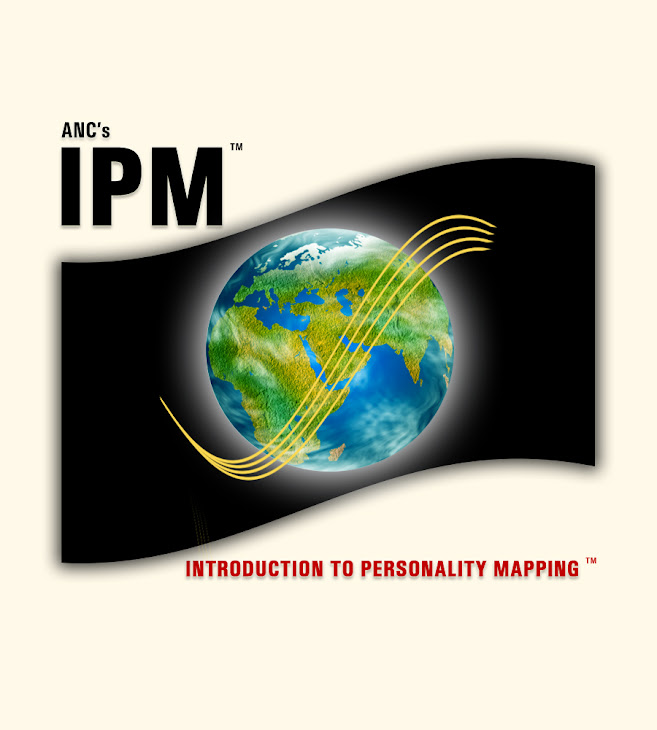Examples of Personality Tests
- The first modern personality test was the Woodworth Personal data sheet, which was first used in 1919. It was designed to help the United States Army screen out recruits who might be susceptible to shell shock.
- The Rorschach inkblot test was introduced in 1921 as a way to determine personality by the interpretation of abstract inkblots. The Thematic Apperception Test was commissioned by the Office of Strategic Services (O.S.S.) in the 1930s to identify personalities that might be susceptible to being turned by enemy intelligence.
- The Minnesota Multiphasic Personality Inventory was published in 1942 as a way to aid in assessing psychopathology in a clinical setting.
- Myers-Briggs Type Indicator is a 16-type indicator of Carl Jung's Psychological Types, developed during World War II.
- The 16 Personality Factors (16PF) test was developed in 1946 by Raymond Cattell and has become popular in business. In 1963 W.T. Norman suggested that only five factors would be sufficient. In 1981 a group reviewing available personality tests decided that most of the tests which held any promise seemed to measure a subset of five common factors, as Norman had previously claimed. These Big Five personality traits (commonly referred to as "Big Five" or "the five-factor model") are very common in business-oriented personality tests in use today.
- Other personality tests include the NEO-PI, Millon Clinical Multiaxial Inventory, Eysenck Personality Questionnaire, the Abika Test and Swedish Universities Scales of Personality.
- The IPIP http://ipip.ori.org/ipip/ represents an attempt to build an open source personality test that is freely available to researchers and the public.
Source: http://en.wikipedia.org/
NOTE: ANC's IPM, also called ANC-IPM or ANCIPM, chooses only the best and most practical tools out of the above and thus enabling a more focused approach.


No comments:
Post a Comment